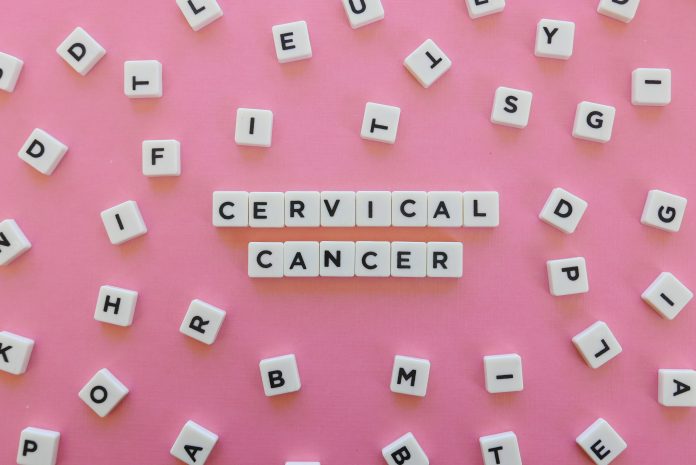A survey points out the low number of cervical cancer screenings across the US, whilst examining which demographics are being hit the hardest
Research done at the University of Texas Health Science Centre at Houston has given an insight into the declining number of cervical cancer screenings taking place over the last few years. The study shows that Lowest screening rates can be found among groups such as Asian and Hispanic women and people with wombs, as well as women living in rural areas, who don’t have insurance, and those who identify as LGBTQ+.
20,557 women in the sample
Led by Ryan Suk, PhD, an assistant professor of management, policy and community health at UTHealth School of Public Health, the team ran a nationally representative cross-sectional study of 20,557 women in order to understand the proportion of women without an up-to-date cervical cancer screening among all demographics.
Whilst pulling data from the National Health Information Survey (NHIS) from the Centres for Disease Control and Prevention (CDC), the study revealed that between 2005 and 2019 there was an increase from 14.4% of women without up-to-date screenings to 23.0%, with racial, social, economic and geographic difference all flagged as important.
Although being the most common reported reason across all demographics, around 47.2% of women identifying as LGBQ+ to 64.4% of women with Hispanic ethnicity reported a lack of knowledge was due to their lack of attendance.
Major disparities found across different sociodemographic groups
“What this means is that more campaigns about cervical cancer screenings are needed,” Suk said. “There would need to be targeted, culturally adapted campaigns for each of these sociodemographic groups.”
Through the survey it was discovered that significantly higher rates of overdue screening were found among Asian women compared to those of non-Hispanic white race and ethnicity (31.4% vs. 20.1%). Although both Asian and Hispanic women reported lack of knowledge as a barrier, the study discovered that Asian women were more likely to report lack of recommendation from a health care professional and perception of no problems as barriers, whereas Hispanic women were twice as likely as Asian women to report lack of access as a barrier.
Higher rates of overdue screening were also found among women living in rural versus urban areas (26.2% vs. 22.6%); those without insurance versus those with private insurance (41.7% vs. 18.1%); and women identifying as LGBQ+ versus heterosexual (32.0% vs. 22.2%).
Disparities across age groups was another factor the survey picked up on, in 2019 women aged 21-29 years old had significantly higher rates of overdue screenings (29.1%) versus women ages 30 to 65 years old (21.1%).
Transgender individuals could not be identified because the NHIS data does not have information on transgender and only includes a binary sex variable of male and female.
The importance of cervical screening
“Timely cervical cancer screening is a crucial prevention measure of cervical cancer, especially for those who could not benefit from the introduction of HPV vaccine,” Suk said.
“Most cervical cancer cases are preventable, and we need to spend more efforts on improving overall timely screening rate, but also on reducing disparities across diverse populations. This study emphasises and reminds us that we need a more inclusive and sustainable approach in the implementation of this evidence-based screening strategy.”
To find more information and tips on how to make cervical cancer screenings as easy as possible go to Cervical Cancer Prevention Week.











